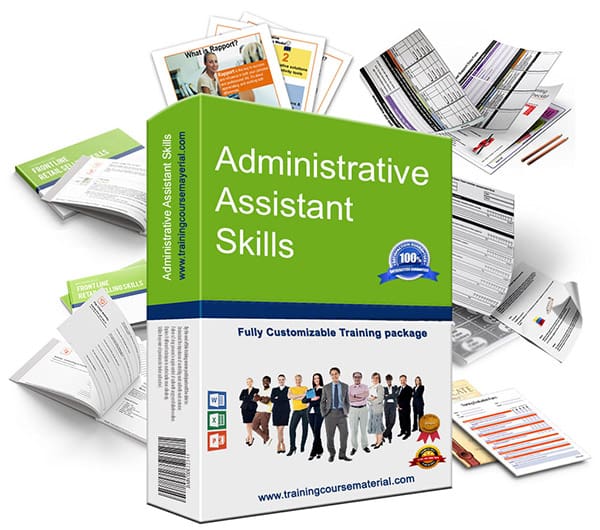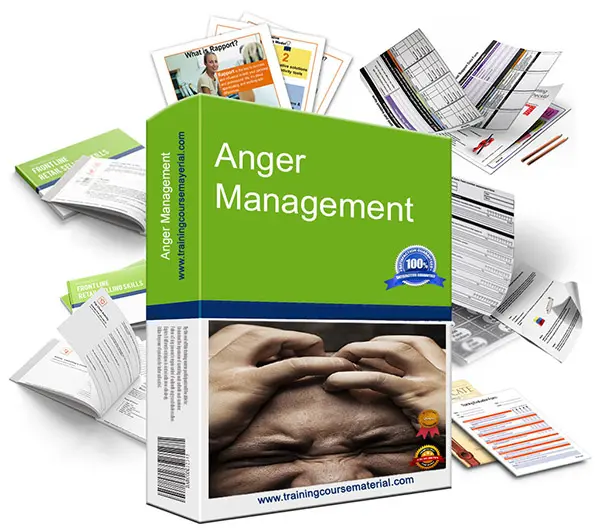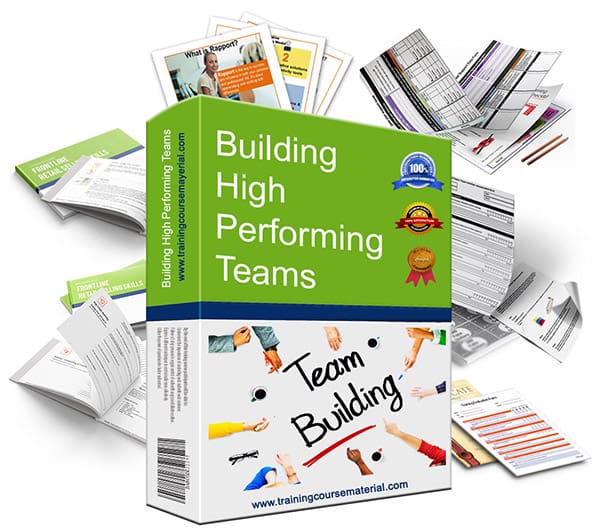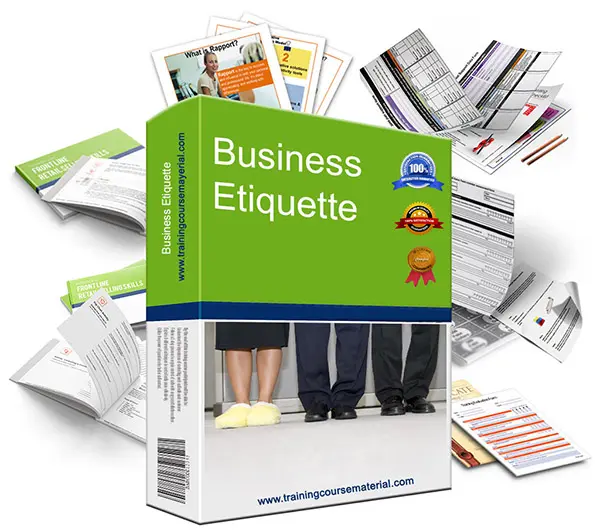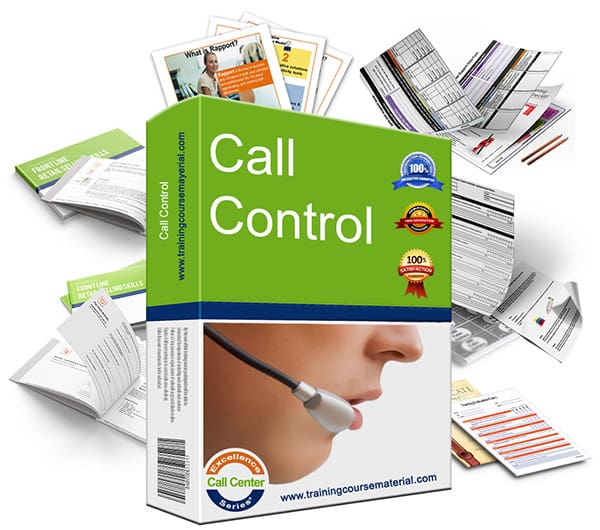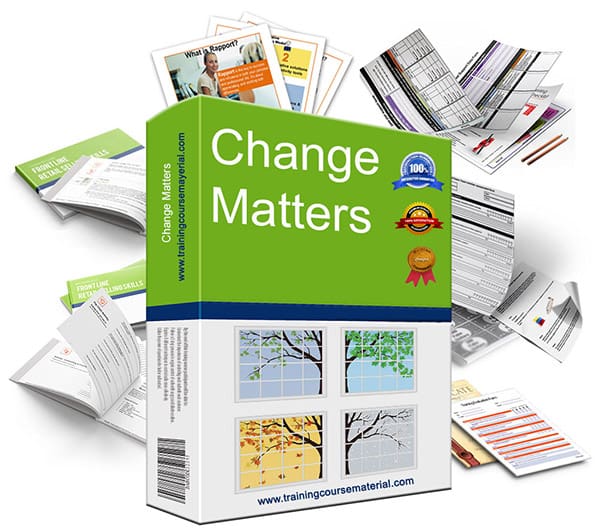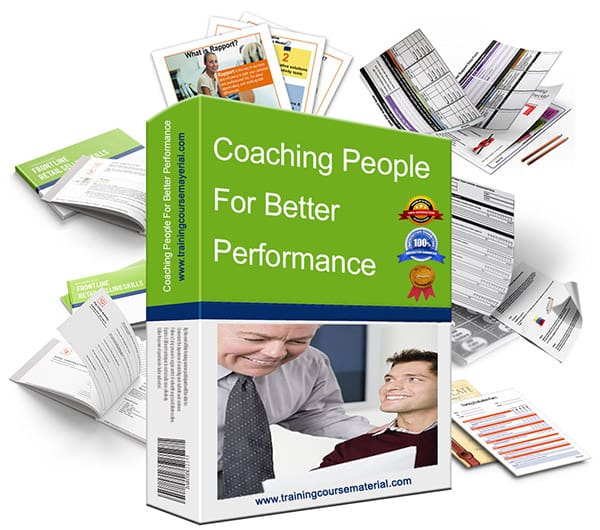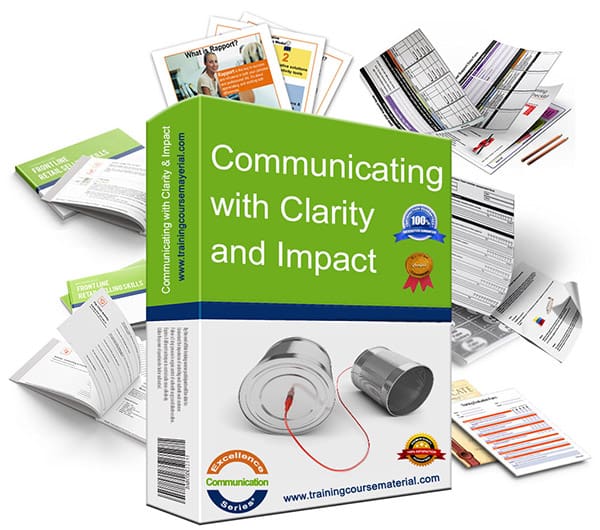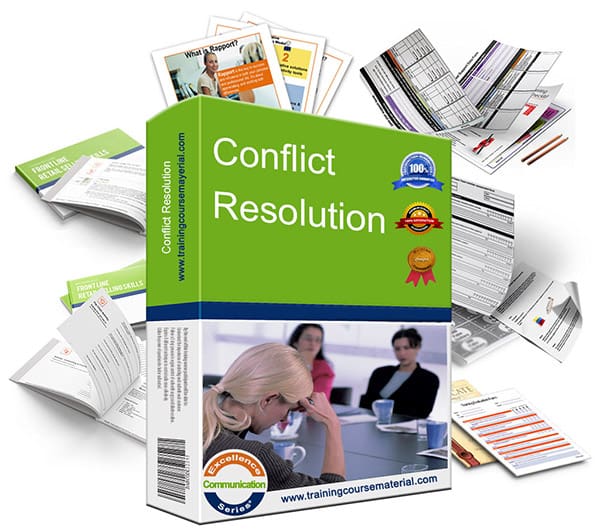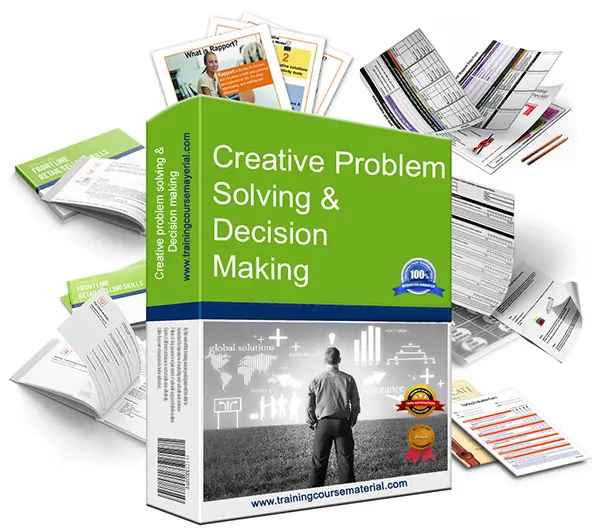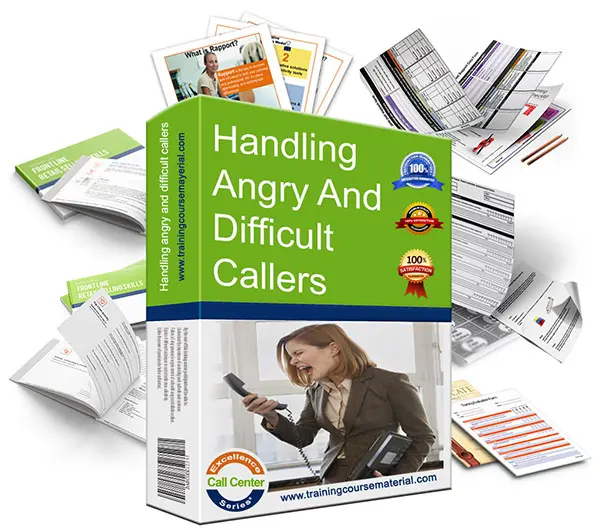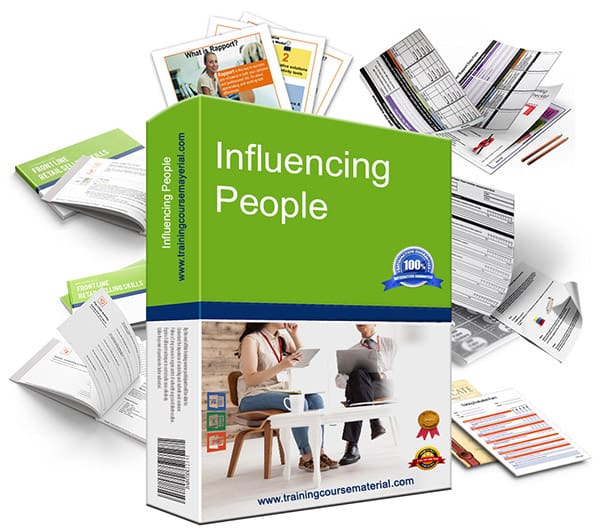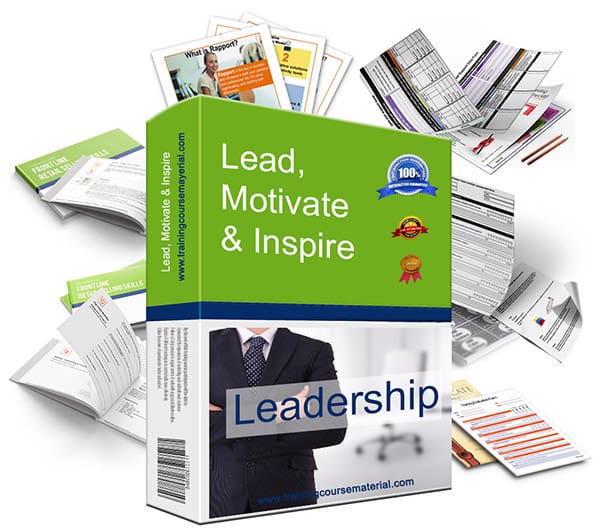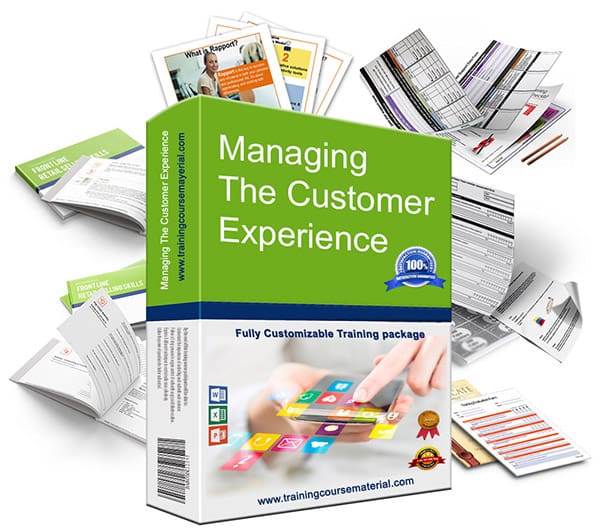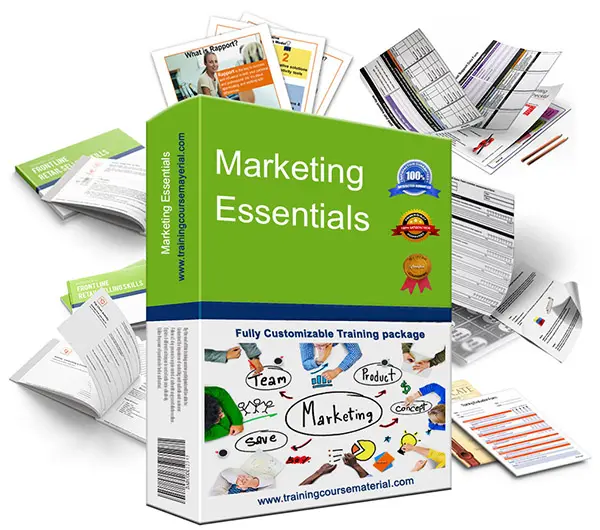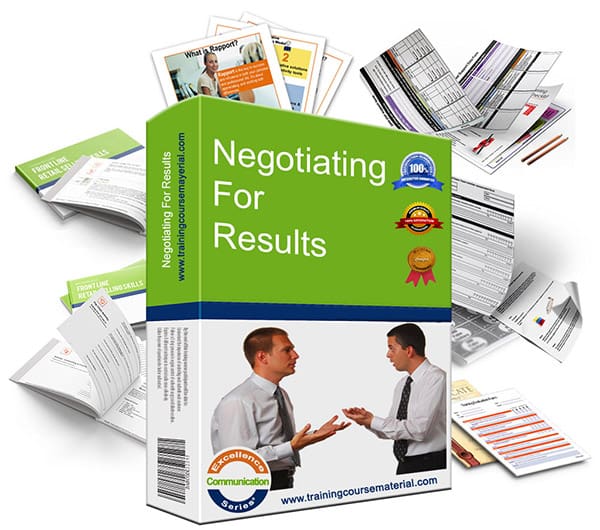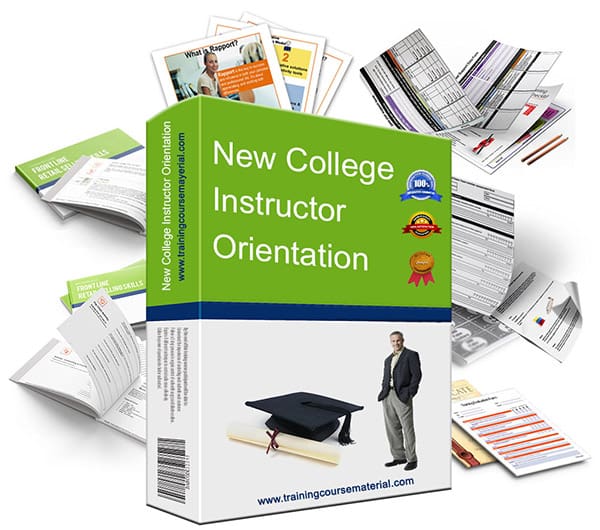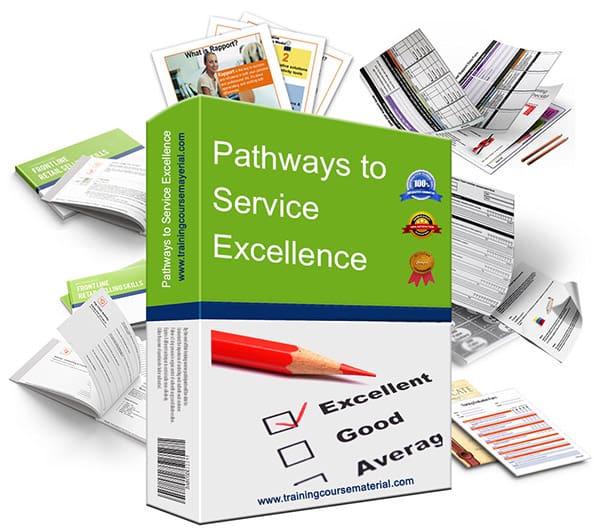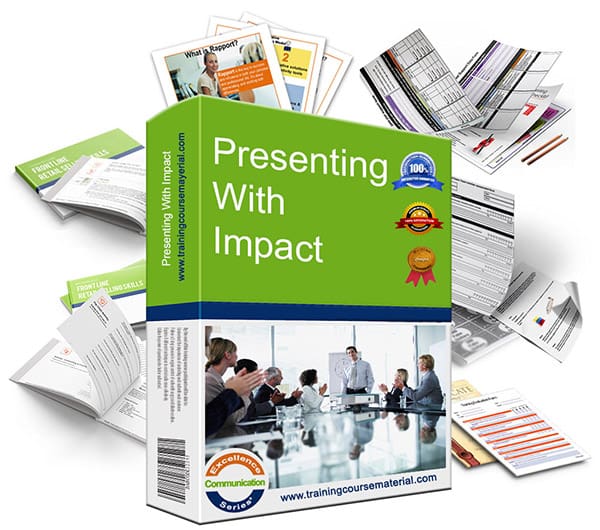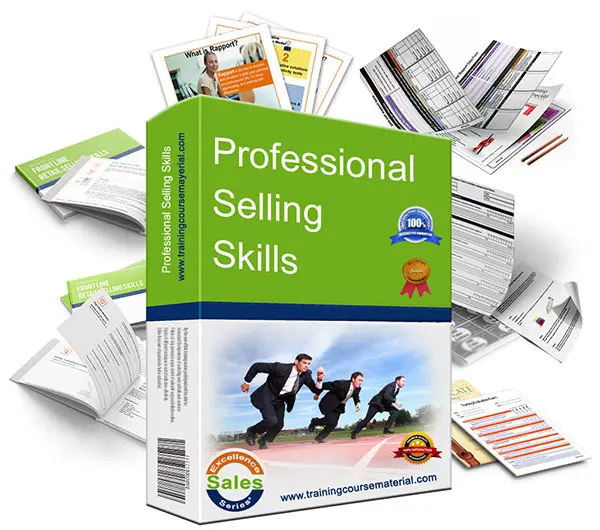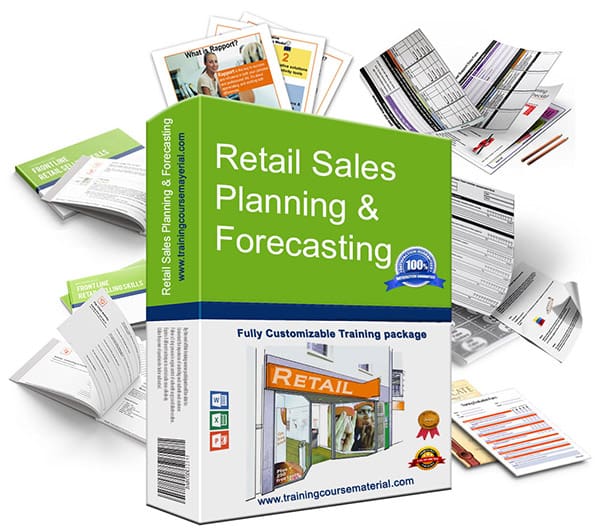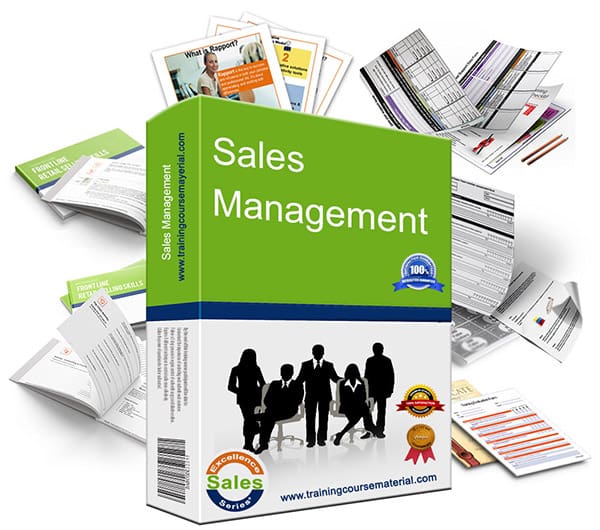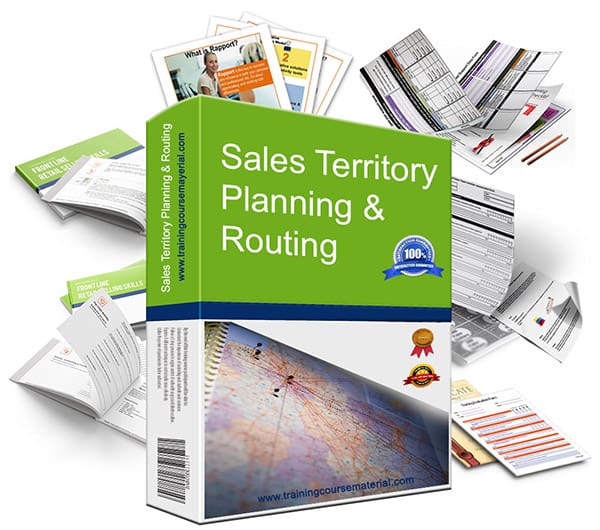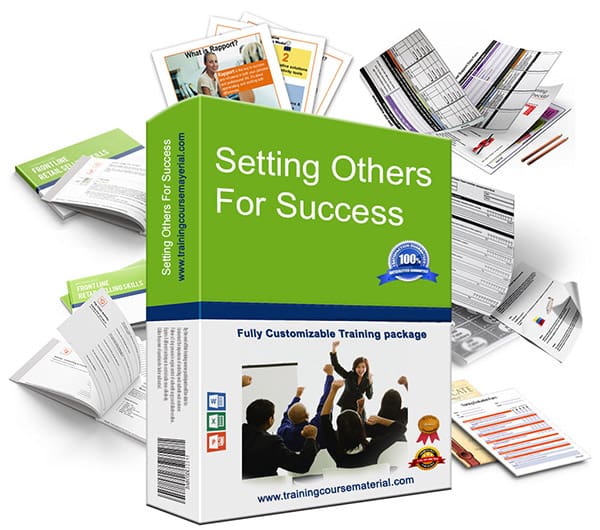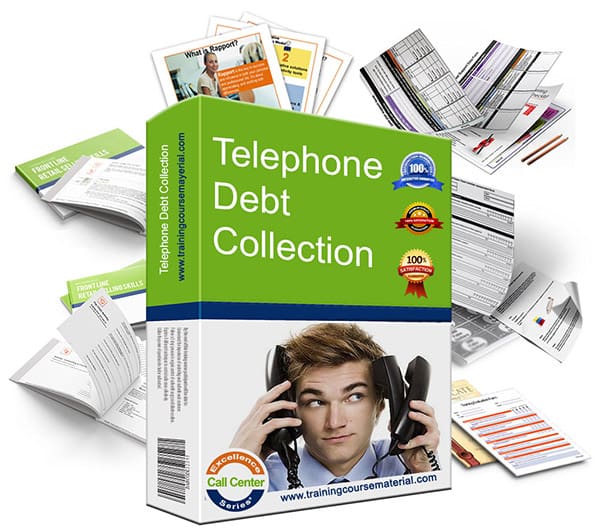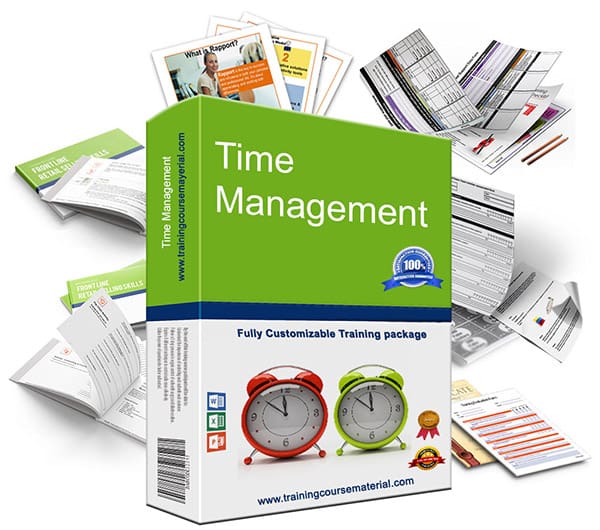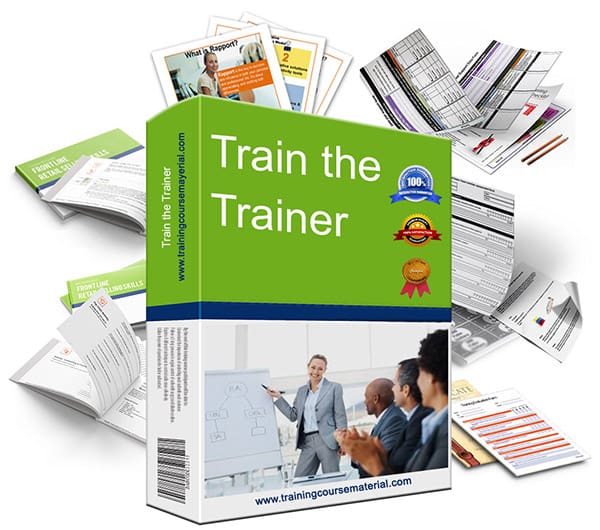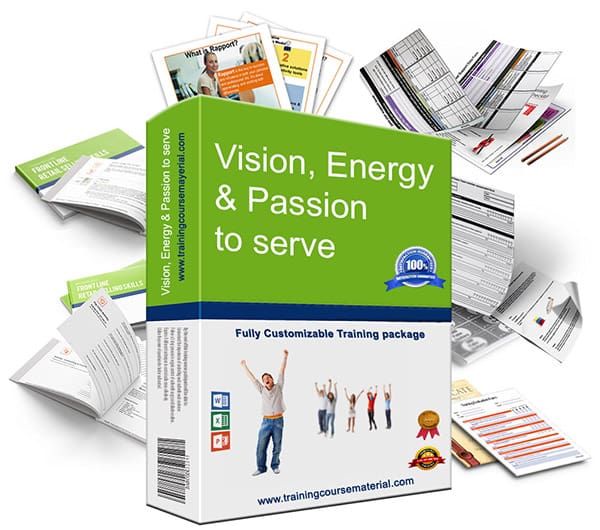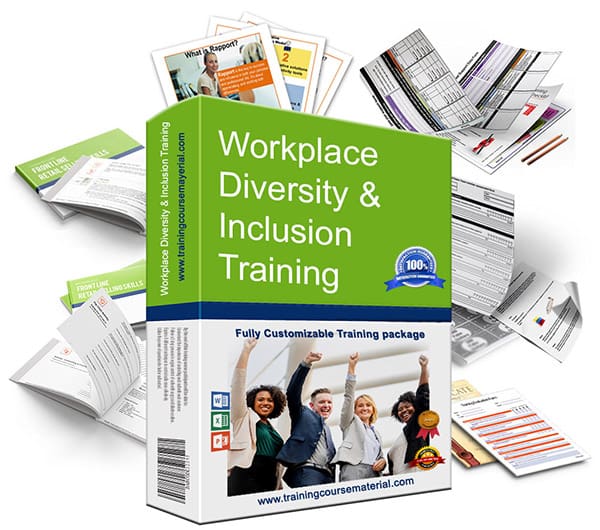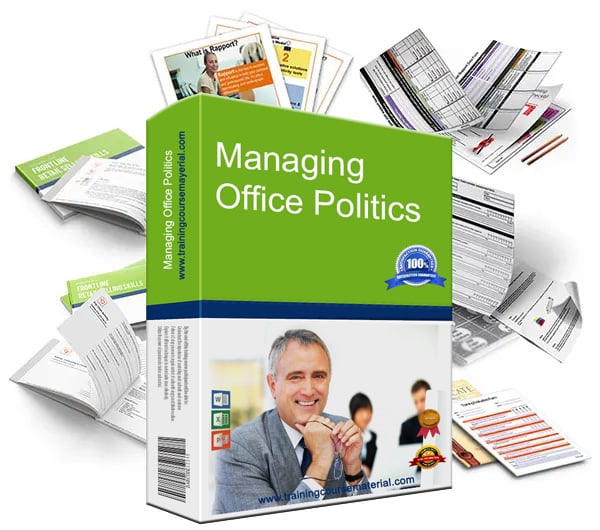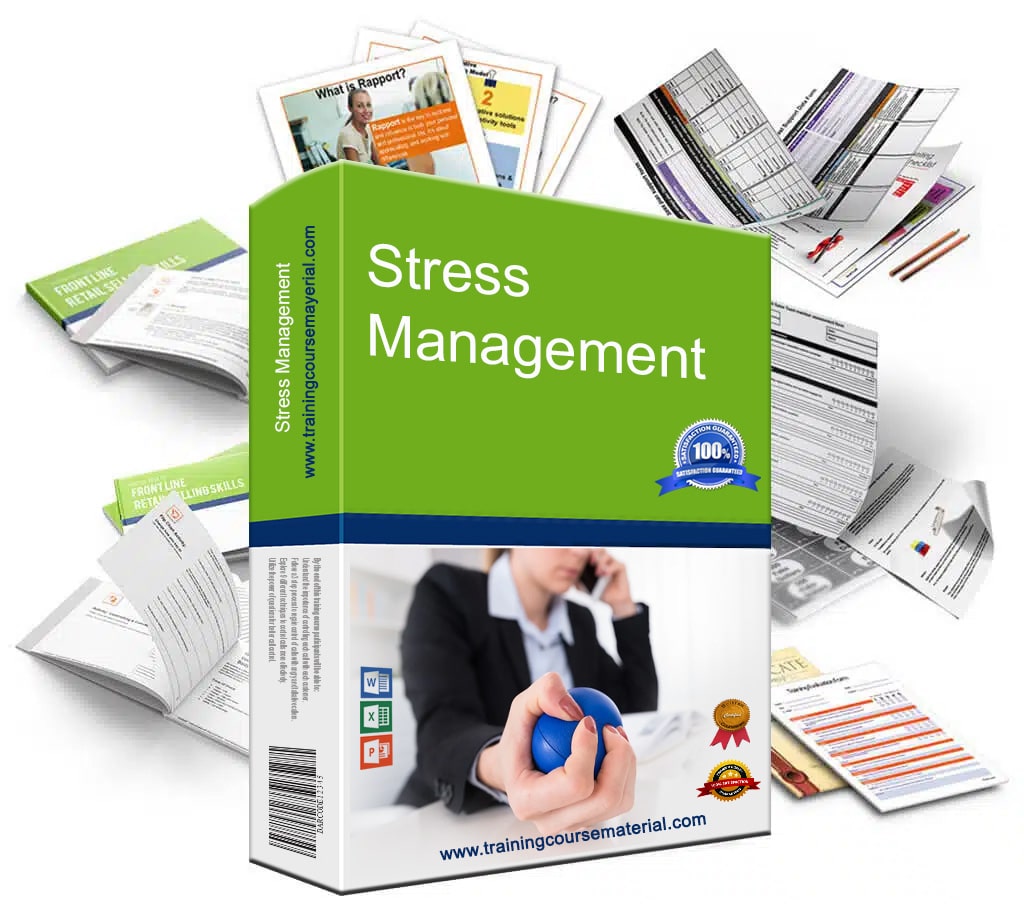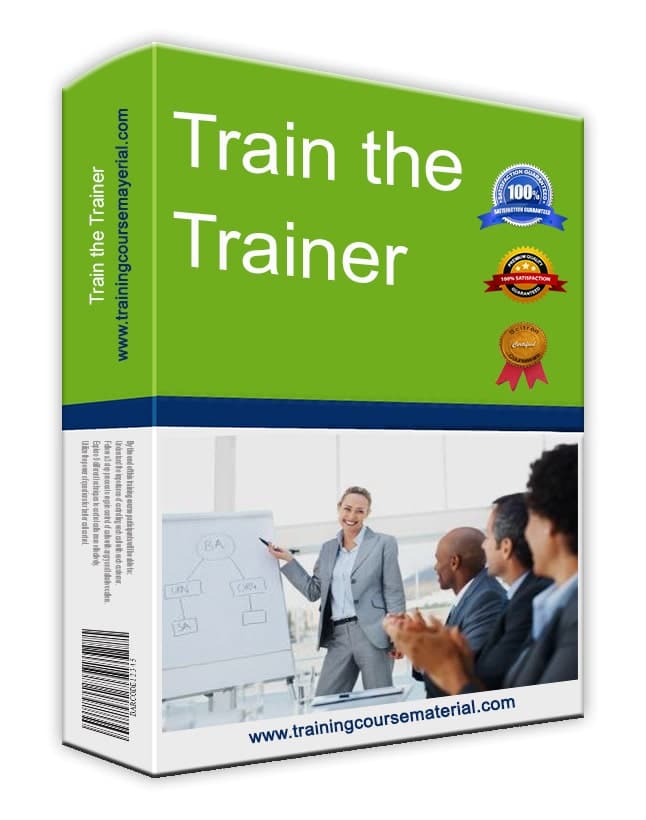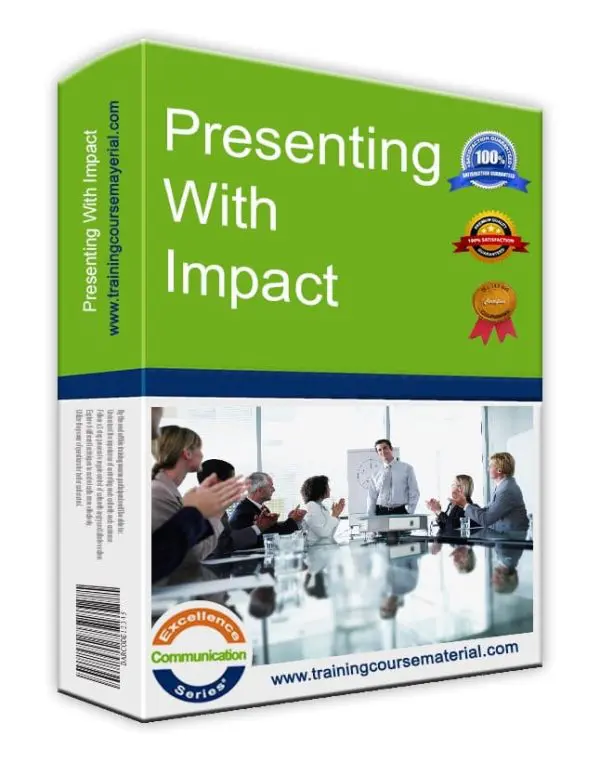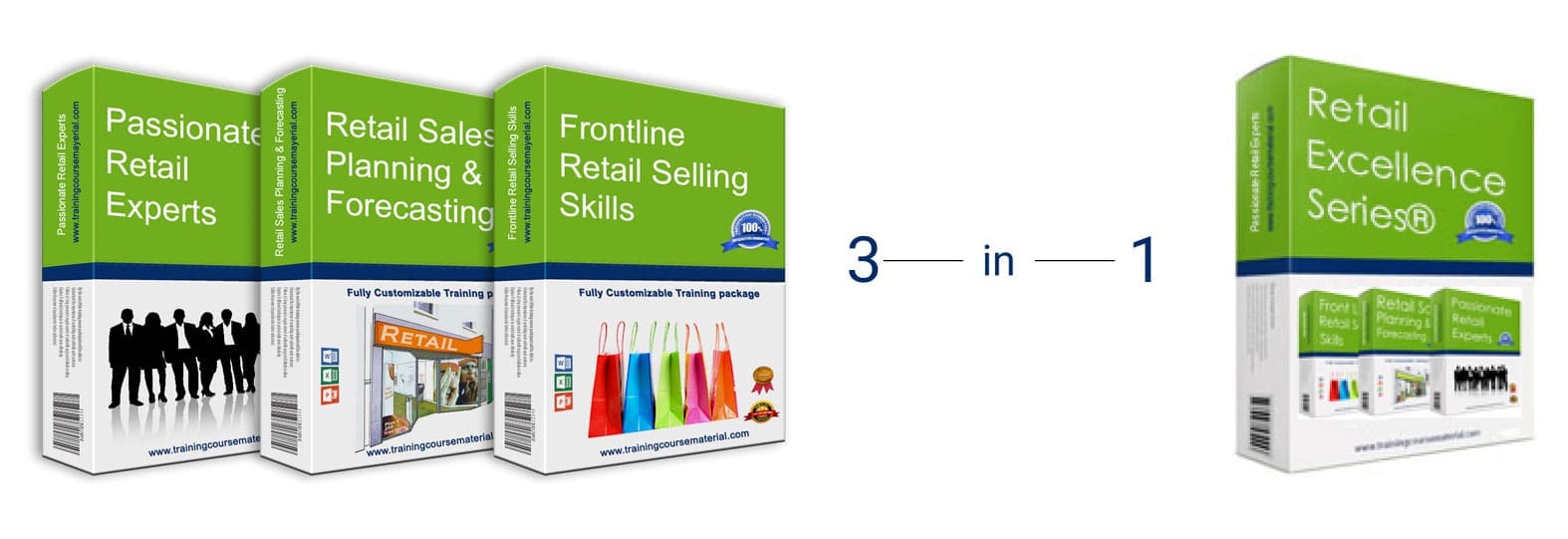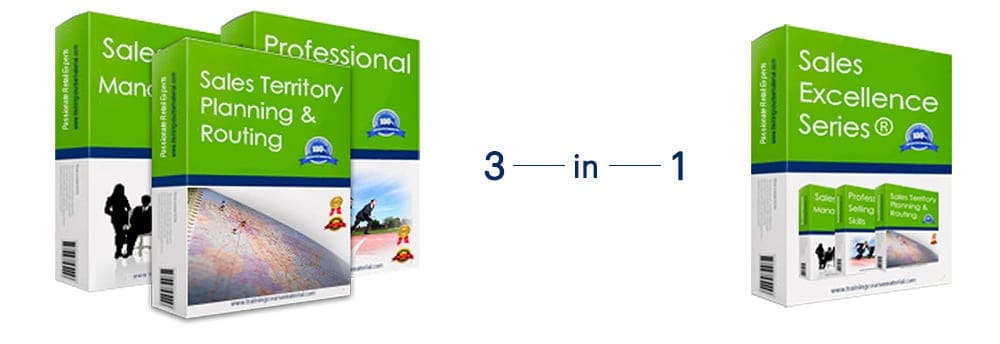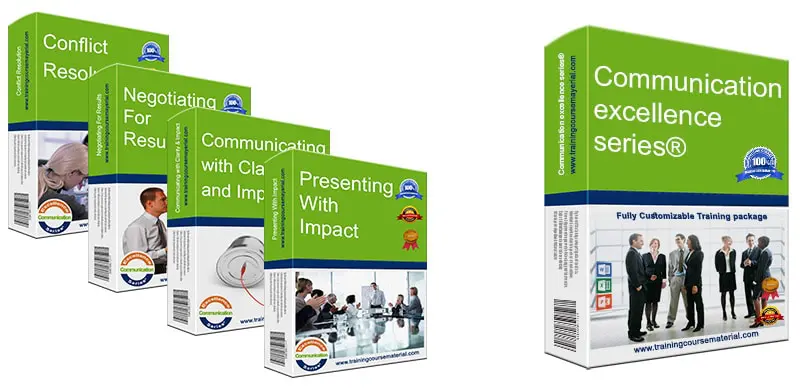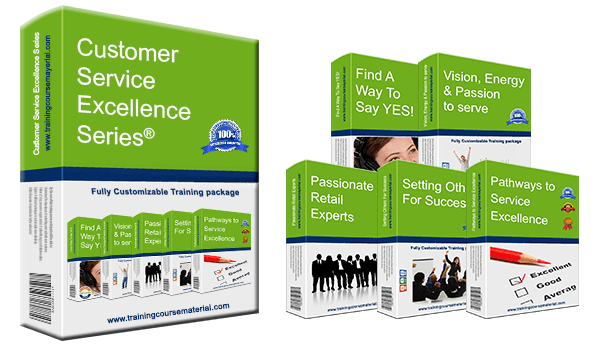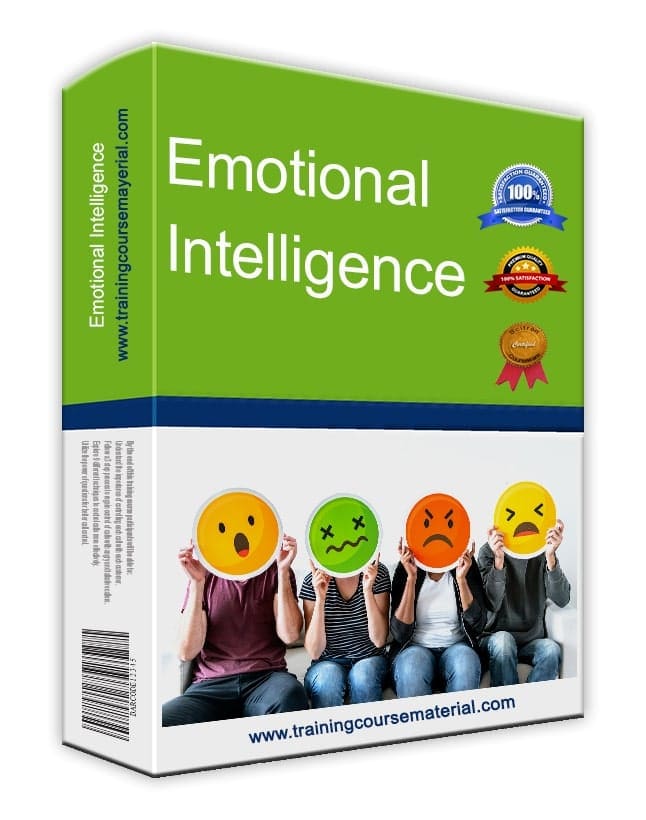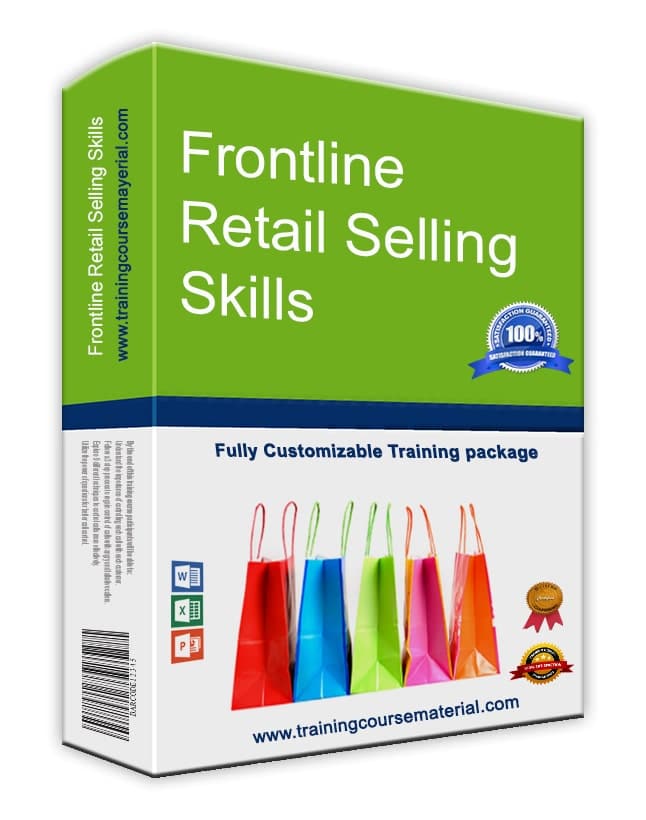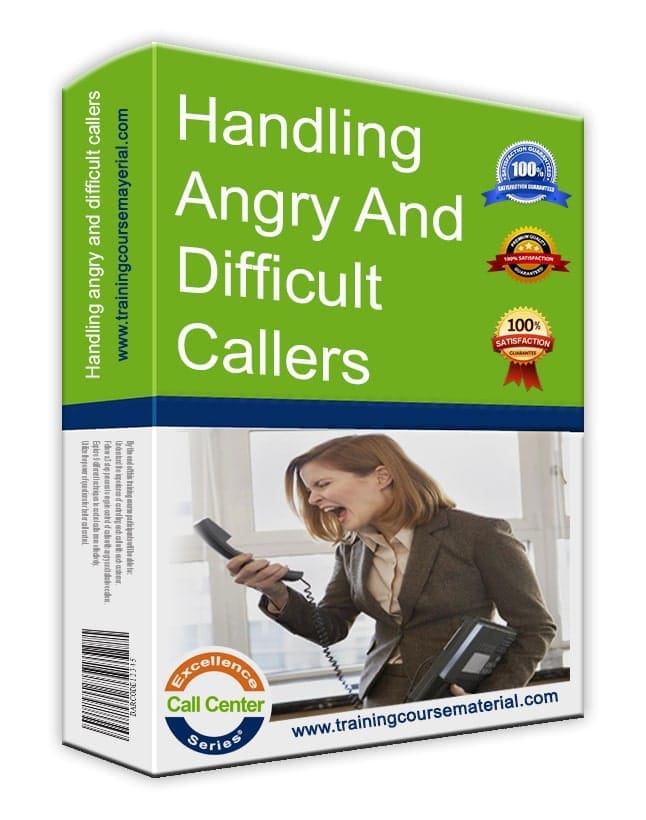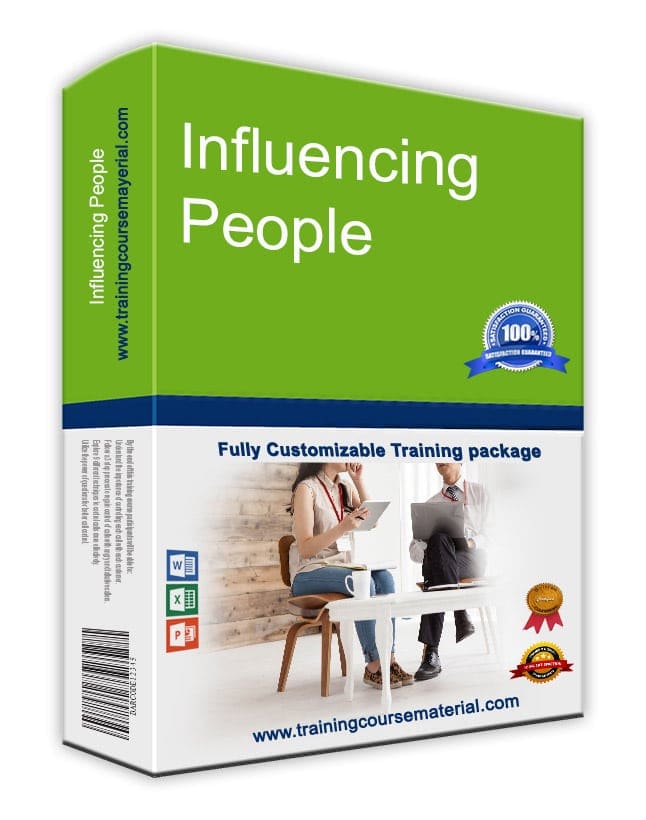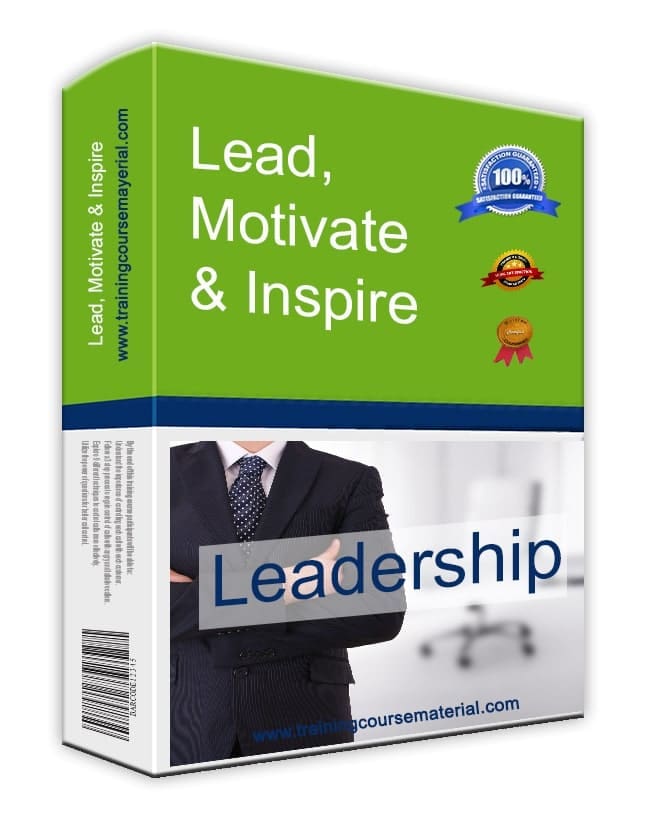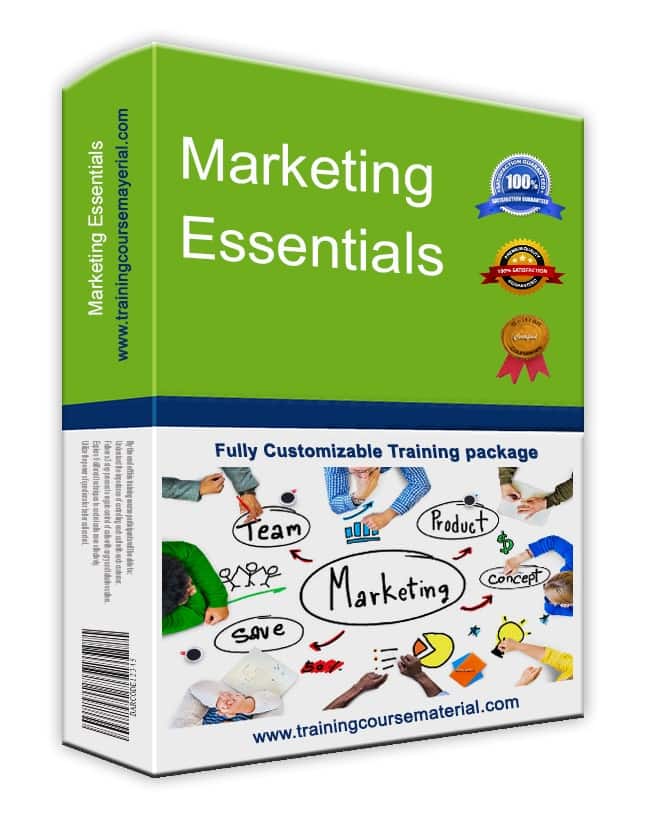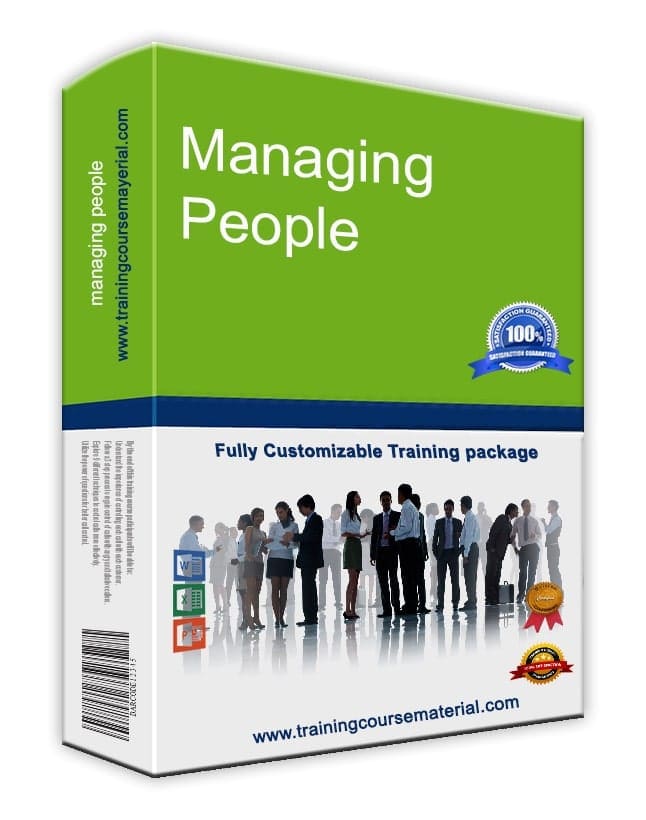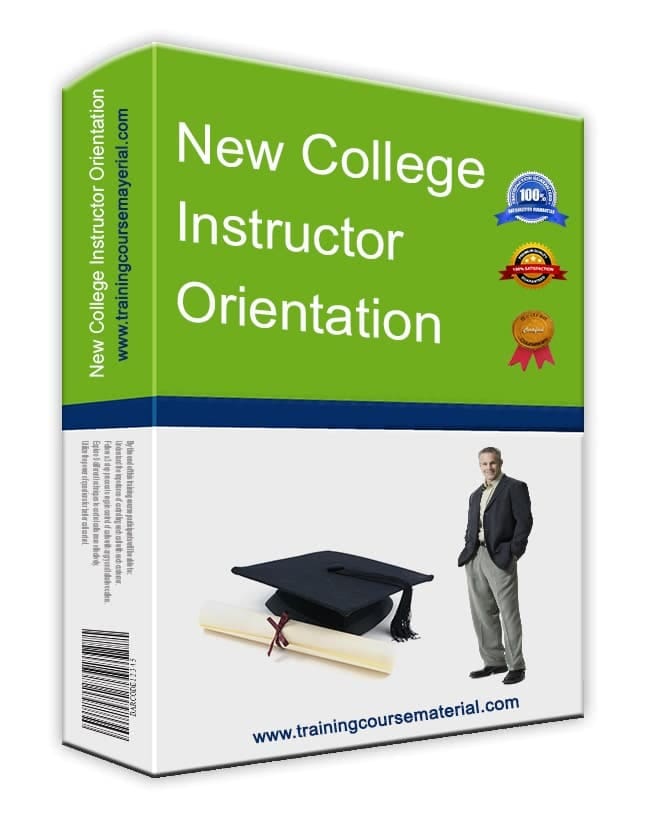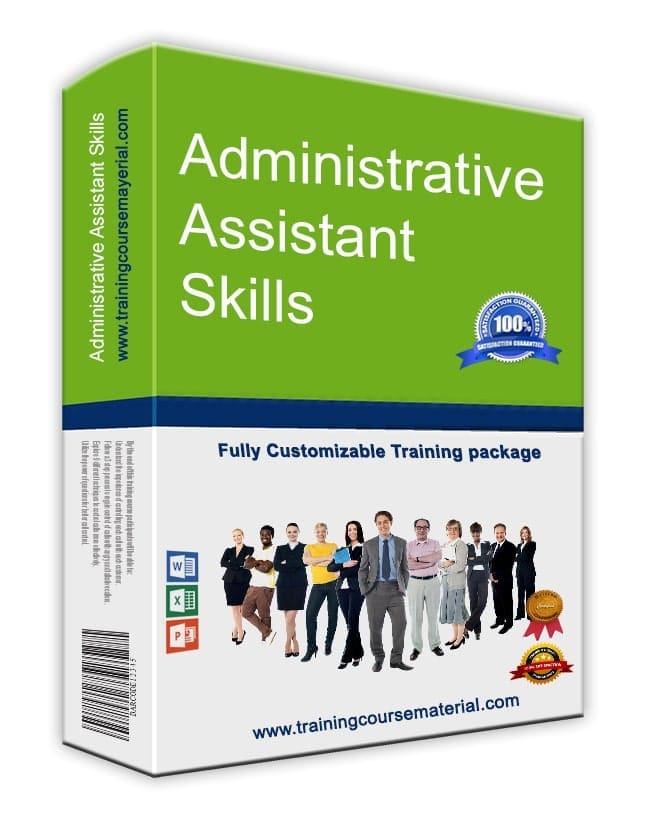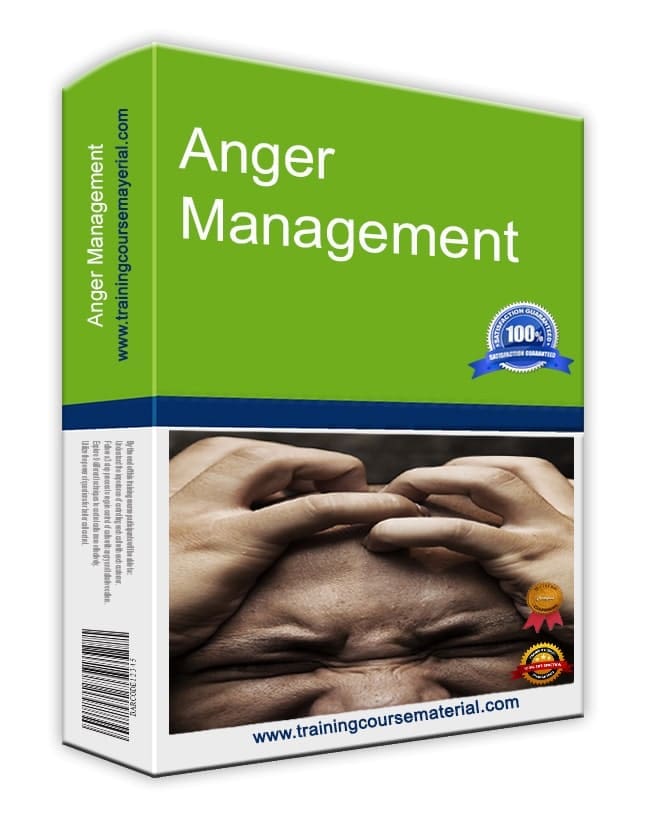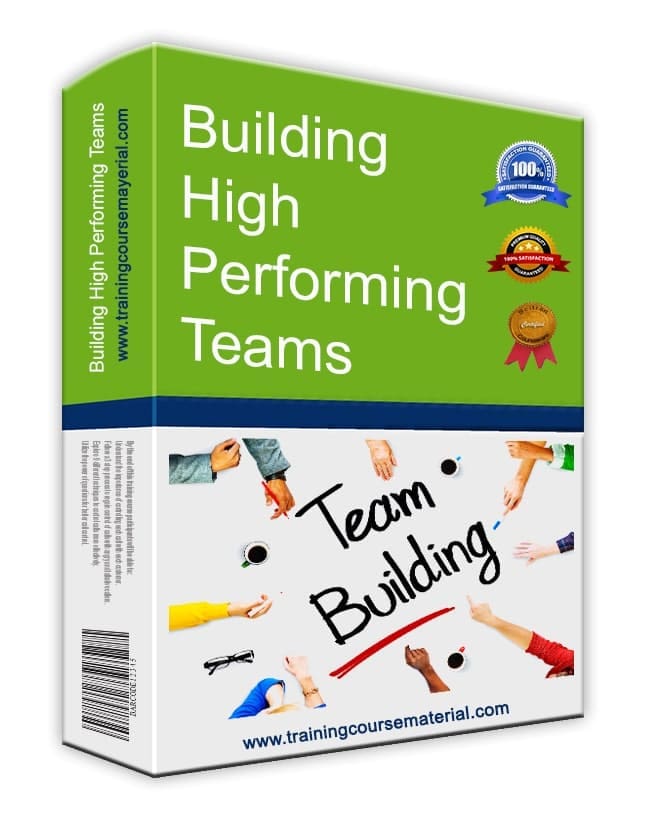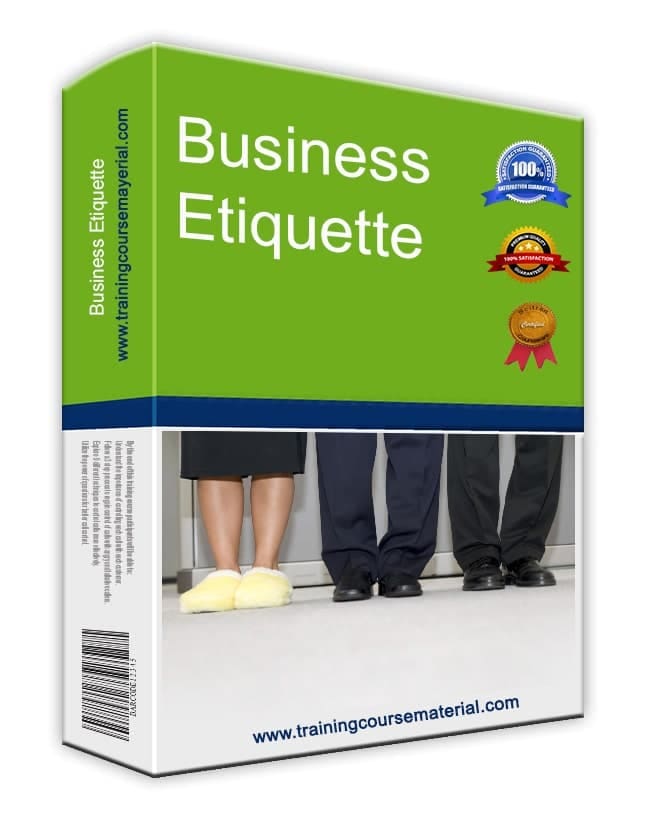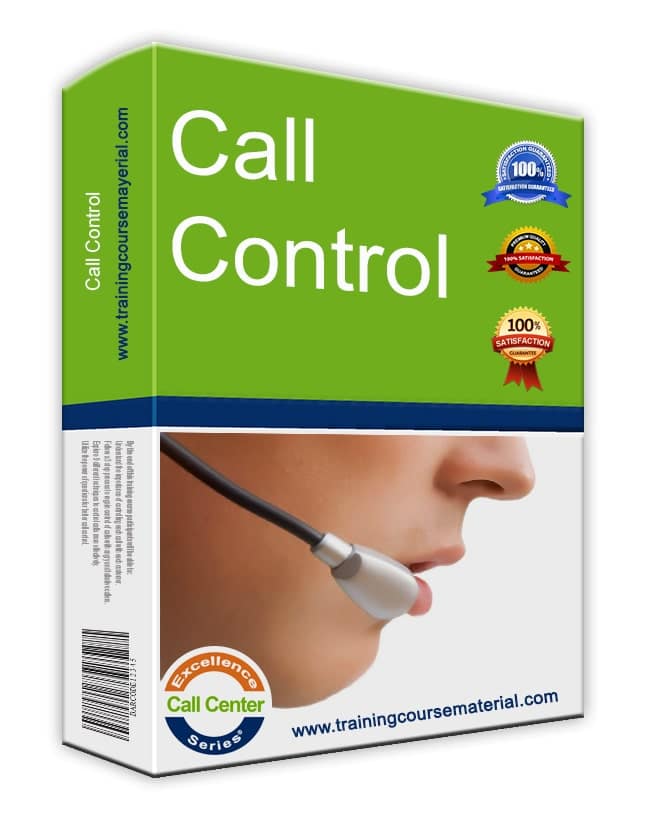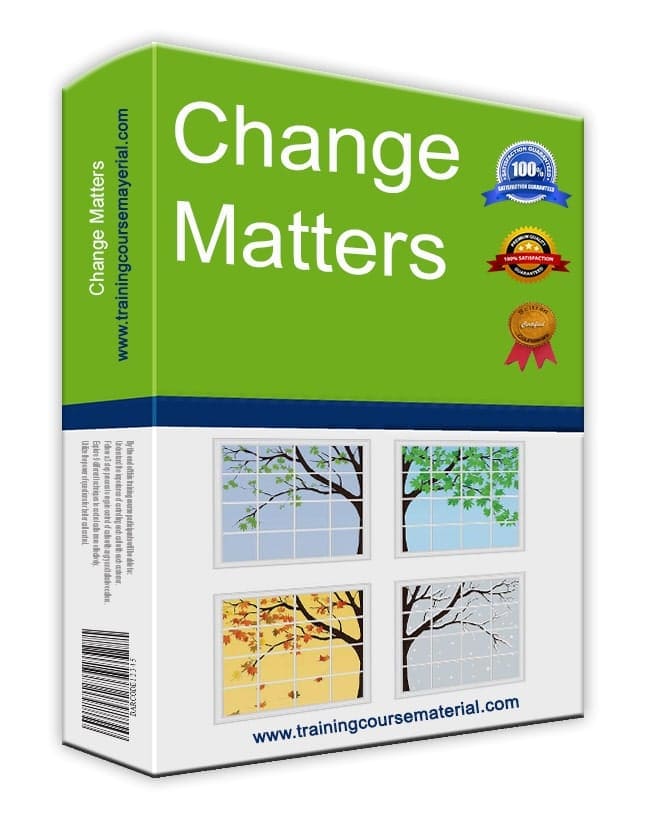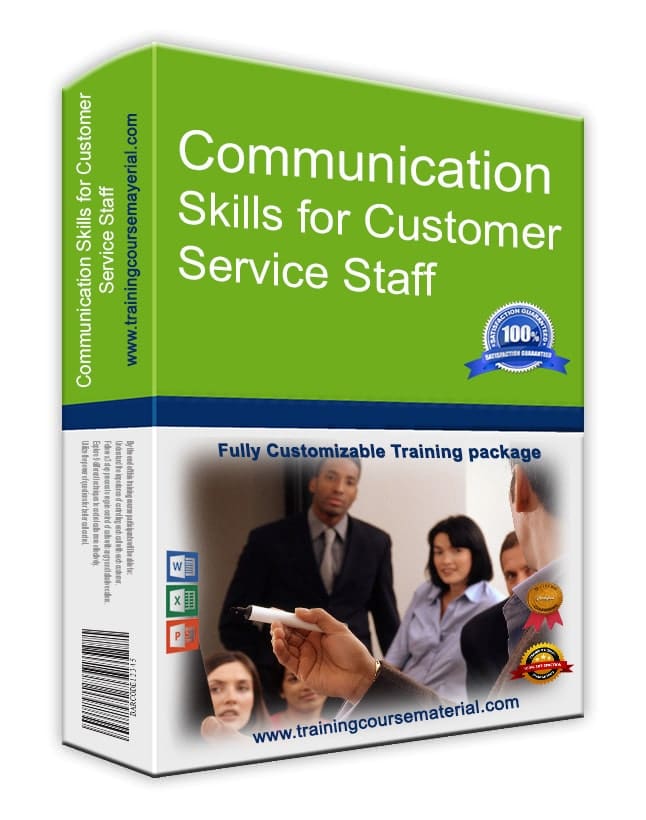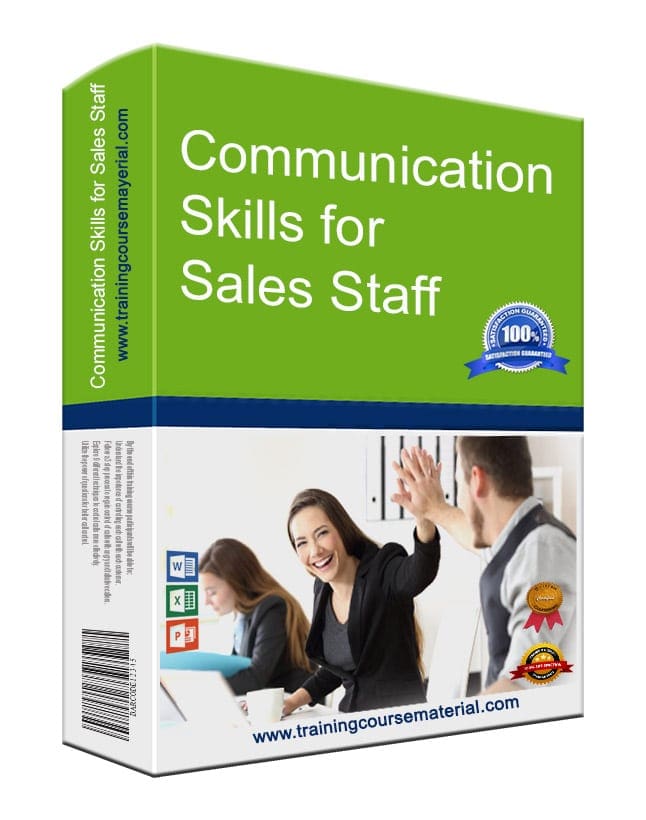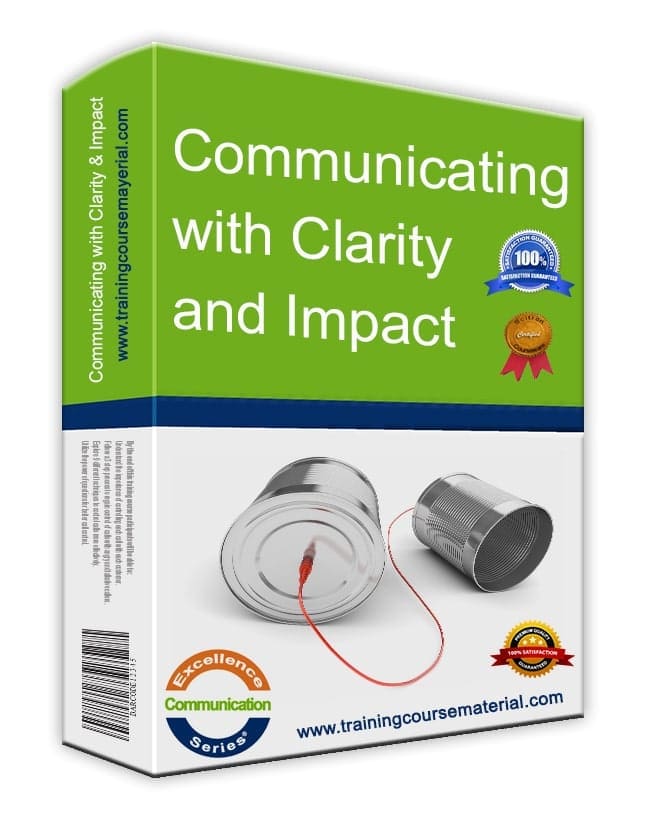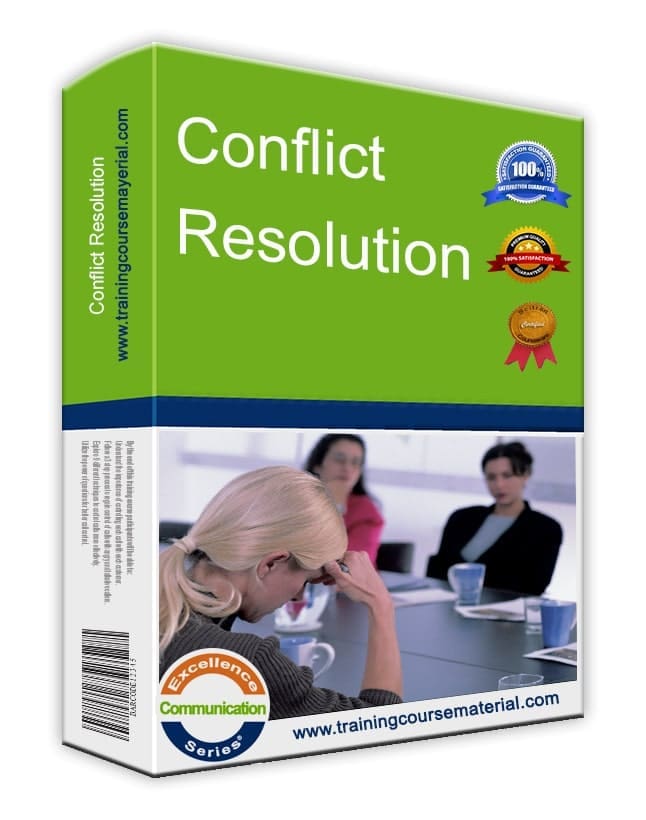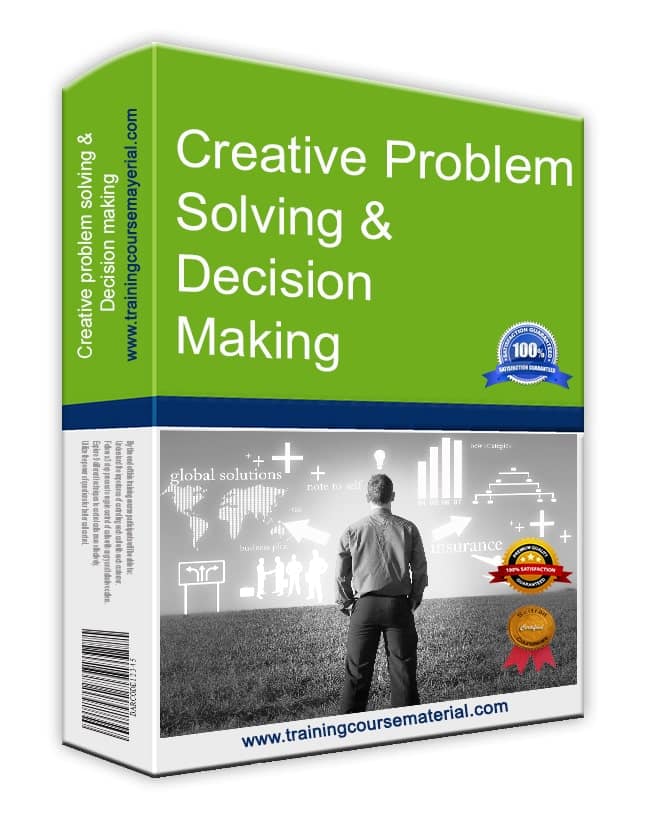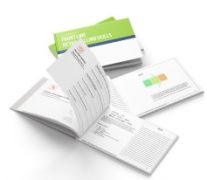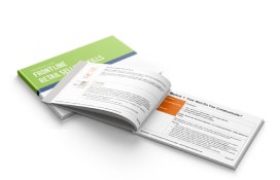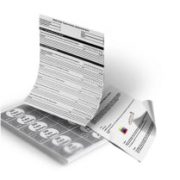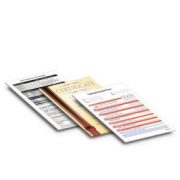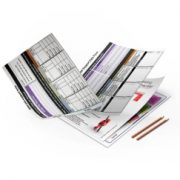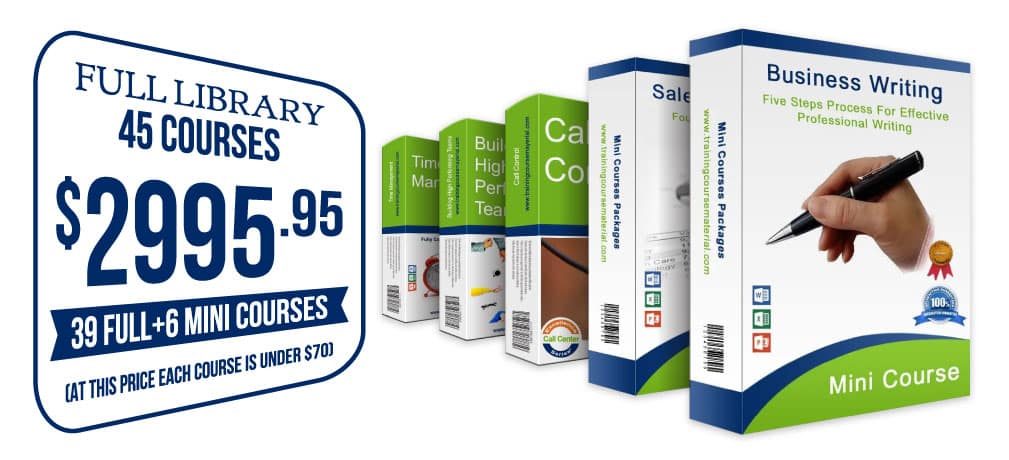Written by Jane Padrino, Lead Instructional Designer at TrainingCourseMaterial.com – with over 15 years' experience designing and delivering corporate training programs across industries.
Is a Presentation Even Necessary?
Before you invest hours into slides and rehearsal, ask yourself: Is this presentation essential? Could an email, memo, discussion paper, or quick call do the job instead? If not—if only a presentation can move your message forward—then it’s time to commit and prepare thoroughly.
The Real Reason Presentations Fail
Most presentation problems don’t come from nerves or delivery. They stem from poor design and weak preparation. The quote often attributed to Winston Churchill says it best: “I must apologize for making a long speech—I didn’t have time to prepare a short one.”
Preparation isn’t optional—it’s the core of every successful presentation. The process is iterative. You get closer each time you revisit your structure, your message, and your audience’s needs.
3 Core Questions to Guide Your Preparation
- WHY: What is the purpose of this presentation?
- WHO: Who is your audience and what do they care about?
- WHAT: What content will meet their needs and support your goal?
1. WHY – Define Your Purpose
Presentations usually fall into two categories:
- Informative (Know This): You want to explain or educate.
- Action-Oriented (Do This): You want people to do something—adopt an idea, approve a plan, support a direction.
If you want your audience to act, you must connect your message to their world. Make it feel like the next logical step for them.
2. WHO – Know Your Audience
Audience analysis goes beyond demographics. Ask:
- What’s their level of interest in the topic?
- What do they expect from you and your topic?
- How will they evaluate your ideas or proposals?
- What’s in it for them (WIIFT)? This is your most important design question.
Also consider what they know about you. What credentials or stories support your credibility?
3. WHAT – Choose the Right Content
- Research thoroughly—but don’t overload.
- Decide: What do you want them to know? What should they do?
- Prioritize content into Must and Potential based on importance.
- Include early, clear answers to "What's in it for me?"
- Plan to raise some questions too—not just answer them.
Good design focuses only on what’s essential. Ask: What’s the least amount of content I need to achieve my outcome?
Think Beyond Content: HOW, WHEN, WHERE
HOW?
- Formal or informal tone?
- Will it be interactive or one-way?
- Will you stand, sit, or move?
- Visuals: whiteboard, flipchart, slides, video?
- Audio: mic, music, sound clips?
WHEN?
- How much prep time is available?
- What time of day will you present?
- What events come before or after?
- What part of the business cycle are you in?
WHERE?
- Is the venue familiar?
- Is setup time available?
- Do you have the tools and tech you need?
- How large is the space? How will you use the stage?
Rehearse Relentlessly
Design and preparation alone aren’t enough. Rehearse out loud, multiple times. Fine-tune wording, transitions, timing. If possible, get feedback from someone you trust. Practice in the room if you can—or simulate the setup at home.
📋 Free Self-Evaluation: How Strong Are Your Presentation Skills?
Want to know how well you’re doing as a presenter? Take our quick, free assessment to see where you shine and where you could improve.
🎯 Presenting With Impact – Downloadable Training Material Package
This ready-to-use training package includes detailed trainer guides, engaging slides, and customizable participant materials to help you deliver impactful presentation skills workshops.
Reviewed by Jane Doe, TrainingCourseMaterial.com editorial team, August 5, 2025

